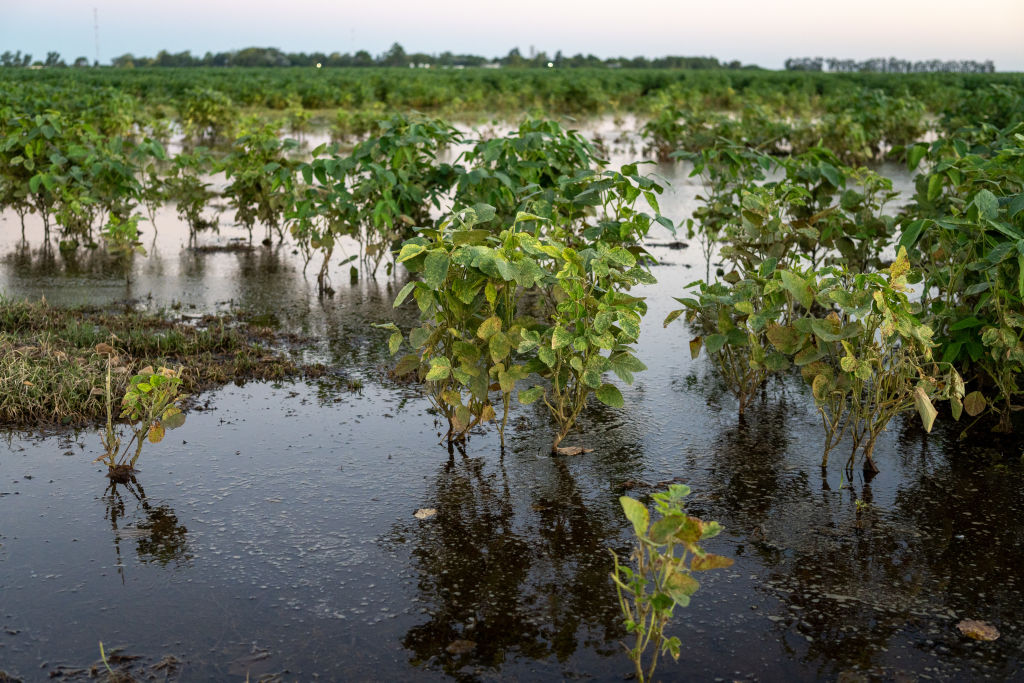The heavy rains that led to catastrophic flooding in central Argentina and killed 16 people earlier this month were partly fueled by climate change and could become more frequent in a warmer world, a team of international scientists said on Thursday.
An analysis by the World Weather Attribution found that extreme heat in the region leading up to the floods caused a warmer and more humid mass of air that clashed with a cold front from Argentina’s Patagonian region, causing the torrential rains in Bahia Blanca, a port city about 550 km (340 miles) south of Buenos Aires.
“The indicators of heat and humidity (leading up to the floods) would have been virtually impossible without climate change,” Juan Rivera, one of the report’s authors and scientists at the Argentine Institute for Snow Research, Glaciology and Environmental Sciences (IANIGLA), said in a press conference on Wednesday.
Rivera said that multiple days with temperatures surpassing 40 C (104 F) in northern and central Argentina, including a humid heat wave immediately preceding the rains, combined with increased humidity from the Amazon led to an accumulation of moisture that dumped 300 mm (11.8 inches) of rain over Bahia Blanca in just over 6 hours.
“These floods have no precedent in the national meteorological service stations,” Rivera added, noting that the cold front lingered over the area for several hours before moving on.
The study said that the extreme heat preceding the rains are still rare events, occurring every 50 to 100 years, but climate change is making these temperatures more frequent and intense.
The year 2024 was the hottest on record as global temperatures exceeded 1.5 C (2.7 F) above pre-industrial levels for the first time and some scientists expect 2025 to also be among the hottest on record.
The report noted while they were able to deduce a link to human-induced climate change and high temperatures, the link to heavy rainfall events was less conclusive due to discrepancies with global meteorological datasets.
“But don’t be fooled by some of these uncertainties,” said Friederike Otto, co-lead of World Weather Attribution. “As the world continues to warm, the chance of simultaneous or consecutive events hitting the same region will continue to increase – and we need to be prepared for it.”
The report noted that Bahia Blanca had undergone rapid urbanization and did not have the necessary infrastructure to deal with the heavy rainfall. It added that the region will face increased hazards in a warming world and the aging population, combined with urban development and high population density, only add to the risks.
Rivera noted the area had also experienced a devastating storm in 2023 that brought winds of over 150 kph (93 mph).
“Both extreme events had widespread impacts and common features linked to human-induced climate change: more frequent extreme heat and moister air, factors which fueled the storms,” Rivera said, adding that more studies are needed to understand the compounding risks of a warming world.
(Reuters)




















